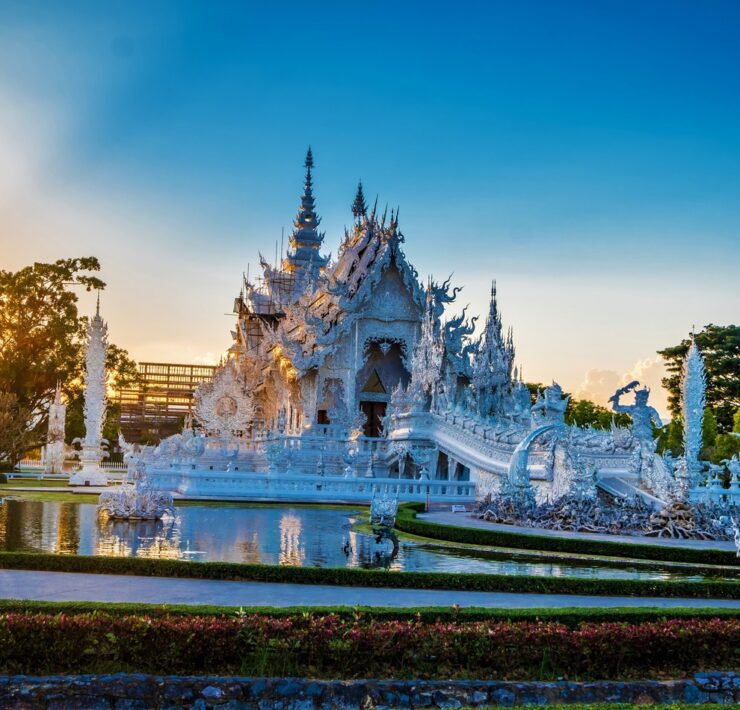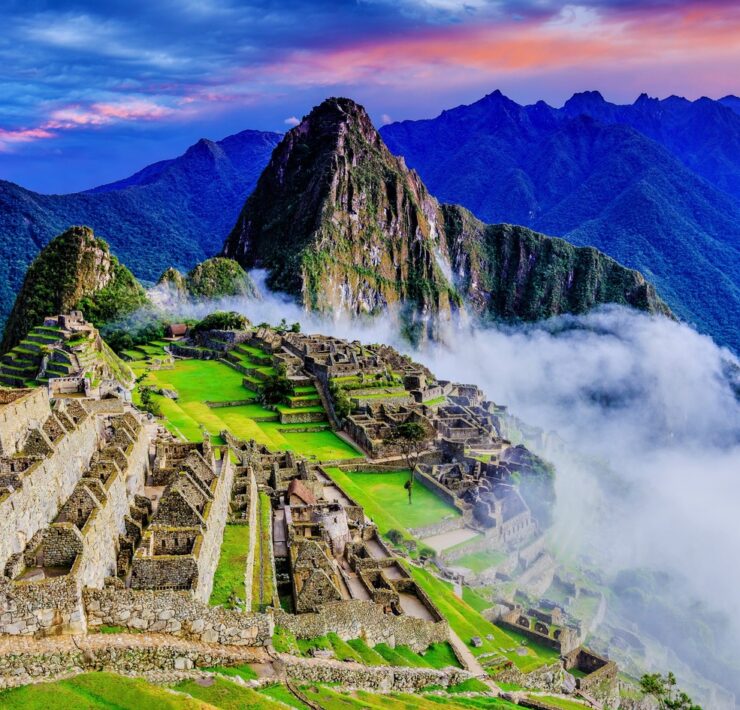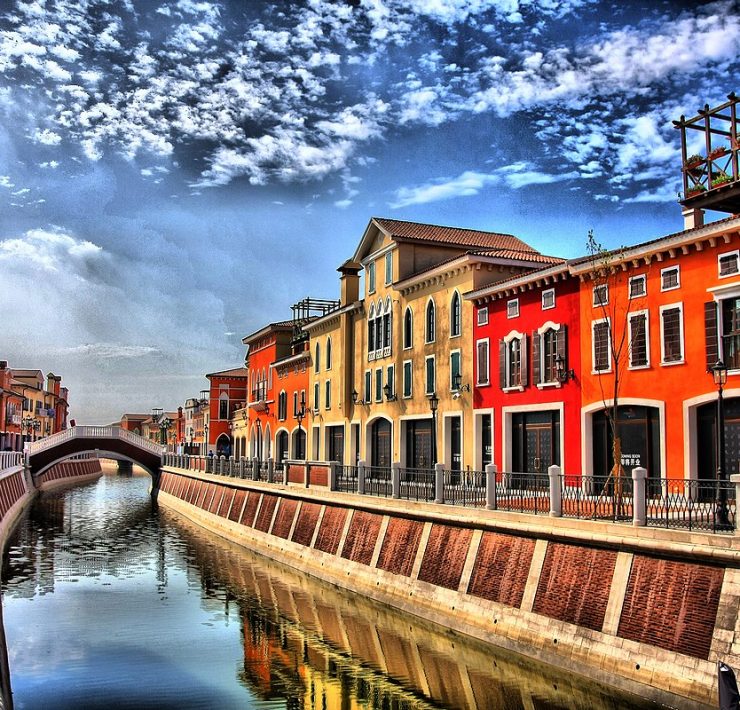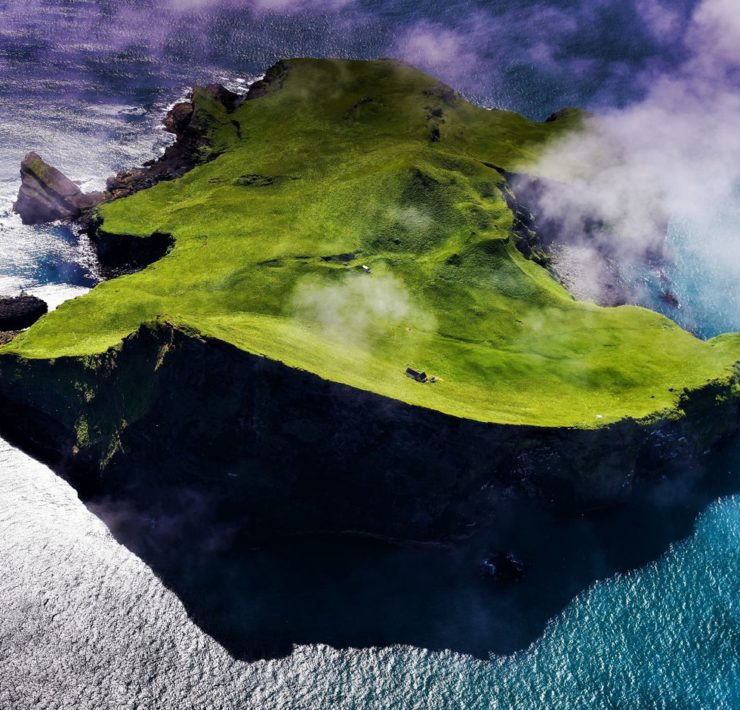The Thousand Island Lake (Qiandao Lake) in Zhejiang, China, is an artificial lake made up of 1,078 large islands and another few thousand smaller ones. At 573 sq km, the Thousand Island Lake is a well-known tourist spot developed with themed islands such as Snake Island, Lock Island (which houses the world’s biggest lock), and the Island to Remind You of Your Childhood. It is also known for its clear, and sometimes drinkable water. The lake is also a popular diving spot for scuba enthusiasts, because below the surface lies the remains of two magnificent ancient cities.
Thousand Island Lake was formed in 1959 after the construction of the Xin’anjiang Reservoir water dam, which the government commissioned to supply the electrical needs of the fast-growing city of Hangzou, located 150 miles from the dam. The cost? Two ancient cities He Cheng (built 208 AD) and Shi Cheng (built 621 AD) had to be drowned. Besides these two heritage sites, 27 towns, 1,377 villages, and about 50,000 acres of farmland at the foot of the Wu Shi mountain were compromised, along with 290,000 people that had to be relocated for the project.
The ancient cities were forgotten until 2001, when a local tourism official explored the lake’s potential as a scuba diving spot. It was found out that the two cities were well-preserved even after being submerged for 40 years. To boost tourism in the area, a submarine was built in 2004 for the prospect of visiting the cities underwater. Plans are also being laid out to build an Archimedes bridge (suspended tunnel) so tourists can view the cities on foot.
When On Earth Magazine is for people who love travel. We provide informative travel guides, tips, ideas and advice regarding places to see, things to do, what to taste, and much more for world travelers seeking their next dream vacation destination.






